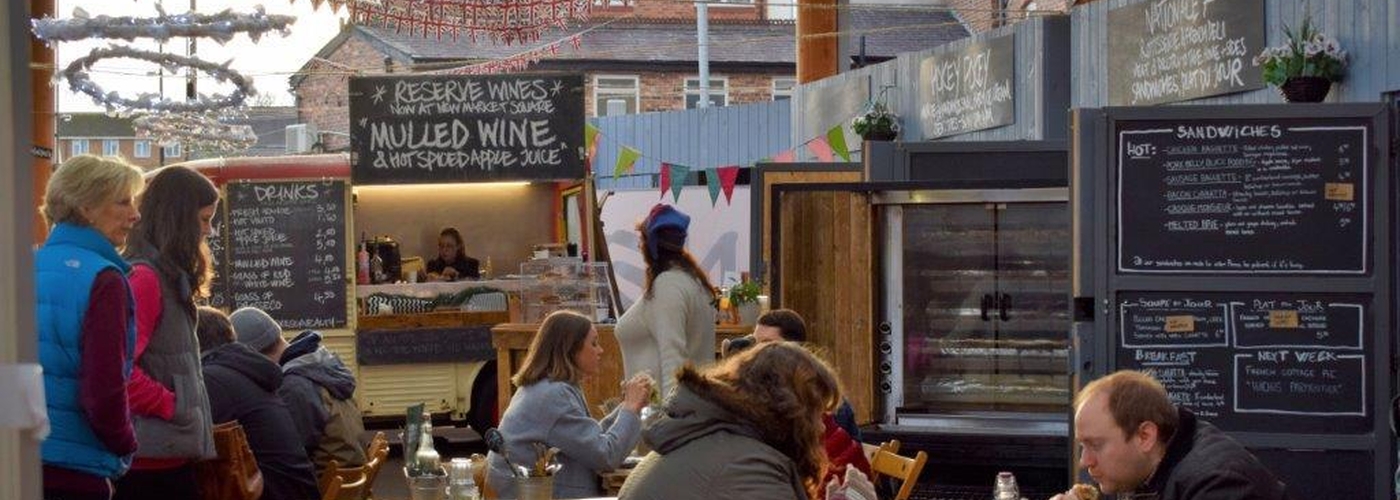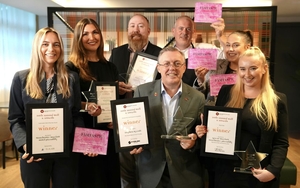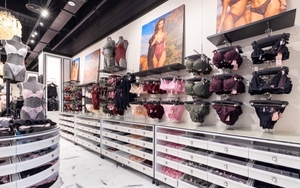As Alty is nominated for a national high street prize, Jonathan Schofield asks what's changed?
WHEN I had young kids, in the late nineties, I used to take the tram from Trafford Bar to Altrincham for one thing: the parks, not the shops, nor the food and drink, but the parks, those pretty, welcome gaps between buildings.
Living in the north of the borough of Trafford our parks didn’t seem as good as those in the wealthier south. Stamford Park and John Legh Park were both better kept and had more facilities than my local green spaces. Quelle surprise in this world eh?
The trick is to manage the streetscape so it can continue being part of that story. This largely entails turning those streets into ‘experiences’
The rest of Altrincham wasn’t so attractive, blighted in particular by the idiotic decisions which took place in the seventies across Greater Manchester, when every big and small town built itself a grotesquely underfunded and therefore poorly designed ‘precinct’, while introducing some 24/7 pedestrianised streets which had previously worked perfectly well, but now started to die. George Street became the ugly mug of Altie.
Then things seemed to tumble further with the opening of that bowel-blast from gargantua, The Trafford Centre. This vampired the shopping in many reasonably healthy town centres. Surprisingly Altie, with its wealthy population, was hit as hard as some of the poorer towns and townships elsewhere in the conurbation.
It all seemed a million miles from being shortlisted for anything such as the Great British High Street award. Yet, a couple of businesses pointed the way out of the mess. These were Paul Kitching’s Juniper Restaurant and Wyn Rhys’ Belgian bar. Meanwhile, the development of Goose Green through the blood, sweat and tears of Mark Ruben showed that Altrincham could do ‘attractive’ as well.
In other words, a solution might be found in excellent food and drink and handsome public realm.
Unlike in most towns, Altrincham’s most prominent historic building wasn’t the Town Hall or the church, but the market. This was in decline as the noughties rolled on. It was then that entrepreneur, property expert and local man Nick Johnson saw an opportunity in the splendid airy structure.
As he said recently: ‘I’ve spent a lifetime in property, changing other people's places from Plymouth to Leeds, and I realised the place that was most in need of change was the place in which I lived.’
The change of the main market hall into a food and drink palace came five years ago. As Johnson told Confidential, it turned into a ‘lovely experience’ full of ‘good and interesting things’. His dream of ‘an antidote to the corporate brands and retail parks’ has been made real and spread, first to Mackie Mayor in the Northern Quarter and now into Macclesfield.
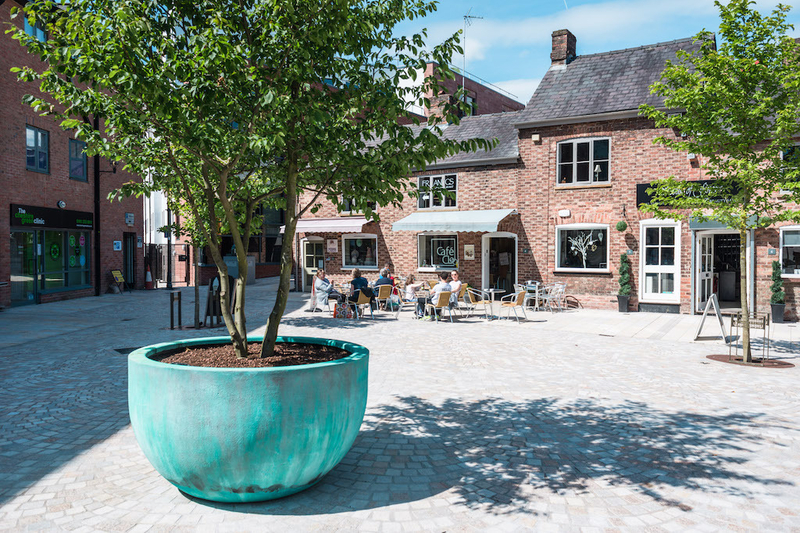
But, in some ways, it’s the Altrincham ripple effect that has been the most astonishing thing to watch. The area around the market has flared dramatically into life, and the old outdoor market has kicked on too. Sunny days and Saturdays in Altrincham now mean tables and chairs on the pavement and a whole roster of cracking food and drink venues, Porta, Sugo, Blanchflower, Con Club, Mort Subite and many more, set within excellent public realm.
Even more gratifying are the ripples spreading beyond the immediate area of the market. Tre Ciccio Italian Restaurant, Gran T’s coffee shop and the Cheshire Tap are a case in point. Even ugly mug George Street is to gain a four screen Everyman Cinema incorporating more smart food and drink.
Altrincham is well on the way to proving the point that the old centres, with their variety of population and architecture, are the right place to observe the ‘theatre of life’, as the Centre for Cities think-tank states. Every street in the land tells more of a story than any ‘avenue’ in an air-conditioned mall.
We all know this, the trick is to manage the streetscape or town so it can continue being part of that story. This largely entails turning those streets into ‘experiences’ with food and drink as well as events and shops. Online retail is rising by 10% annually and that hits the high street hard. The ‘experience’ of the high street has also to be supported by gathering as many services into the centre and being accessible through good public transport.
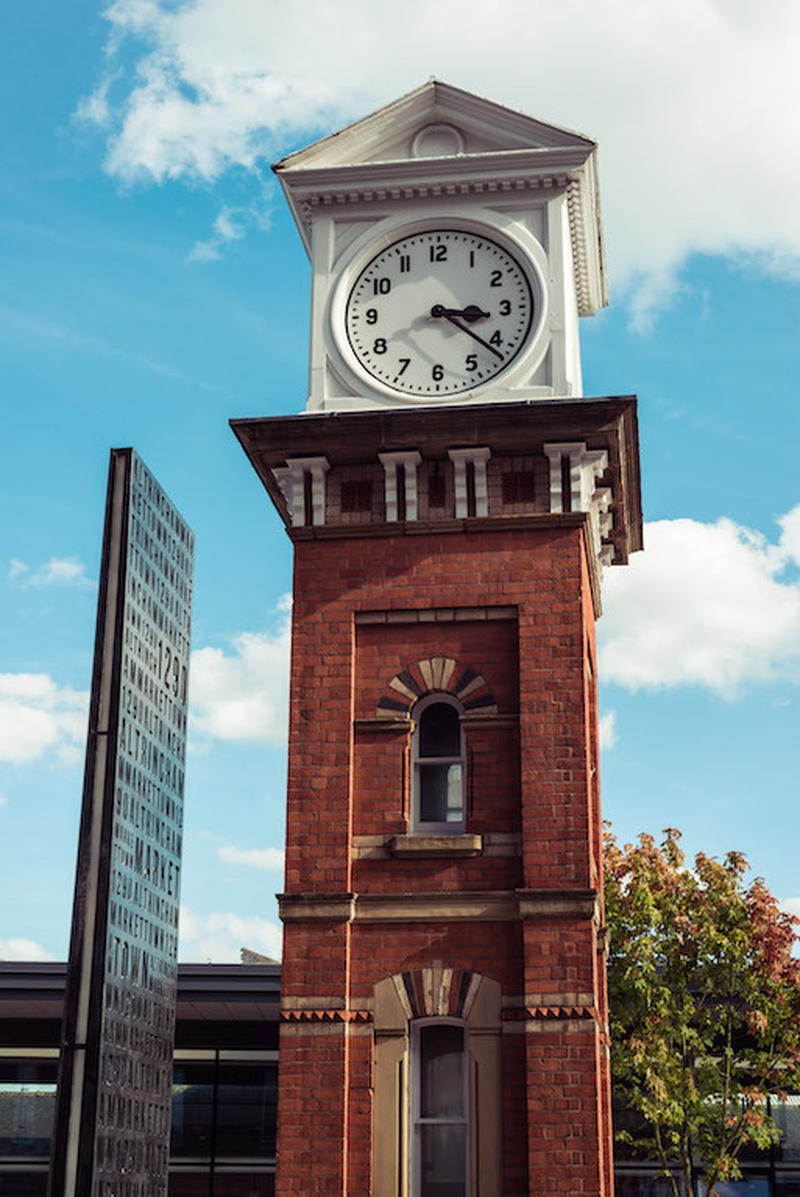
Ewen Miller, the Chair for Altrincham Unlimited, the Business Improvement District, underlines this when he says: “Altrincham has reinvented itself as a thriving modern market town with a rich retail, recreational, residential and business mix. It has become a gastronomic destination with its award-winning Market at the heart of a vibrant food and drink offer. Major investment in the public realm, transport Interchange, new Hospital and a brand-new Health/Wellbeing Hub, make it a great place to visit, do business and live.”
This explains why Altrincham is one of 26 ‘high streets’ around the country in the running for the £15,000 prize of becoming the Great British High Street of the year. The challenge for the rest of Greater Manchester, its planners, developers and entrepreneurs is to repeat the success of Altrincham in more towns and townships where the underlying demographic is not wealthy.
Judges will visit the town on Friday 12 October. Whilst 70% of the score is based on the judging day, a major part of the award will be down to the public vote, which accounts for 30% of the final scoring.
Altrincham is calling on residents, workers, visitors and friends of the town to cast their vote on social media, using both hashtags #GBHSAltrincham and #MYHIGHSTREET on Facebook, Twitter and Instagram. People can vote unlimited times and voting ends on Friday October 26.





